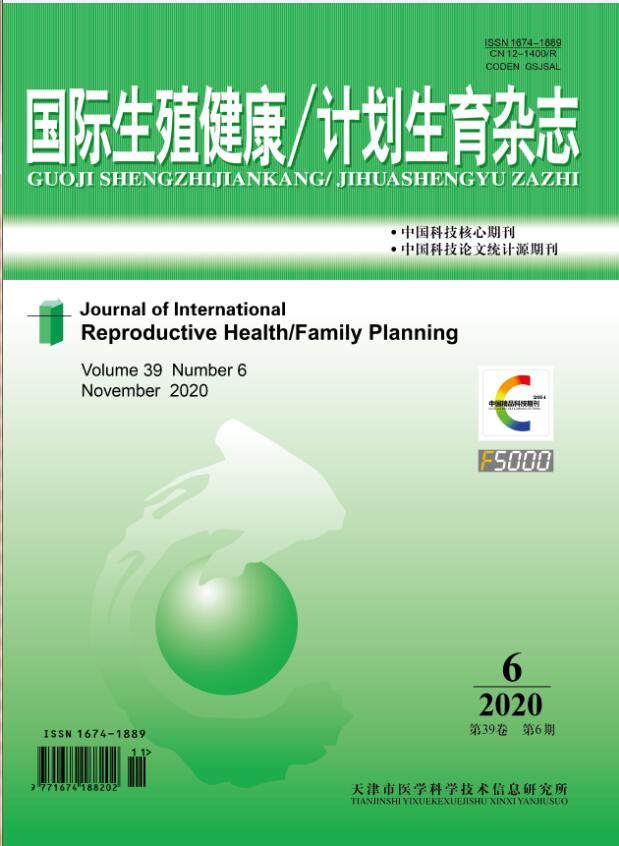|
|
Experimental Study of Pen Yan Xiao Enema Improving Microcirculation in Mice
FU Zheng-ying;BAO Man-xi;CHEN Ning
2014, 33 (5):
339-341.
Objective: To explore the improved effect of the Pen Yan Xiao enema on microcirculation in mice. Methods:Sixty adult mice were used. Ten mice were used as control group. Fifty mice were induced with the high-molecular dextran to develop animal models of microcirculation disturbance, and then randomly divided into 5 groups as follows, model group, three groups treated with Pen Yan Xiao enema liquid(2.5, 5.0, 10.0 g/kg), and a group treated with Chuanxiongzine as positive control. Microcirculation in mice was compared before treatment and 5, 10, 20, 30 min after treatment using the WX-9 microcirculation microscope and the microcirculation detection and analysis system. Those parameters were analyzed, including the diameter size of capillary, the blood flow velocity, the blood flow pattern and the red cell aggregation. Results:Pen Yan Xiao enema can improve microcirculation in the model mice in a dose-dependent manner and a time-dependent manner. In three treatment groups, the diameter size of capillary and the blood flow velocity were increased; the blood flow pattern was improved, while the red cell aggregation was decreased. Those effects of large doses(10.0 g/kg) of Pen Yan Xiao enema were significant(P<0.05). Conclusions:Pen Yan Xiao enema can significantly improve microcirculation in the animal model of microcirculation disturbance induced by high polymer dextran, suggesting the pharmacologic action of Pen Yan Xiao on microcirculation.
Related Articles |
Metrics
|

